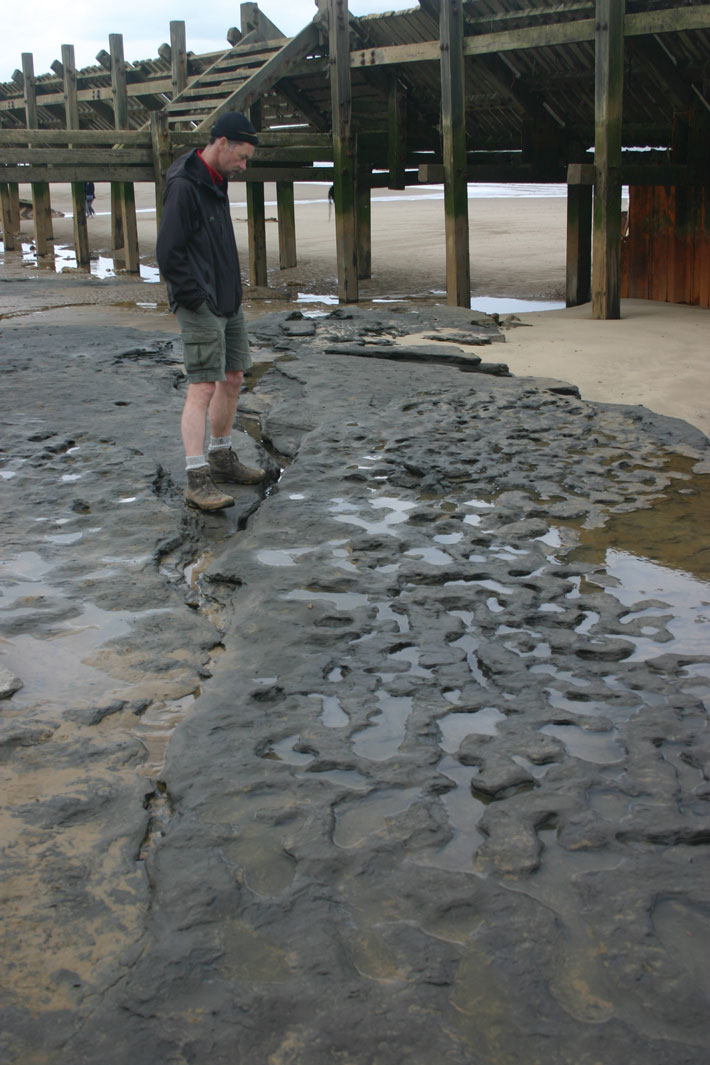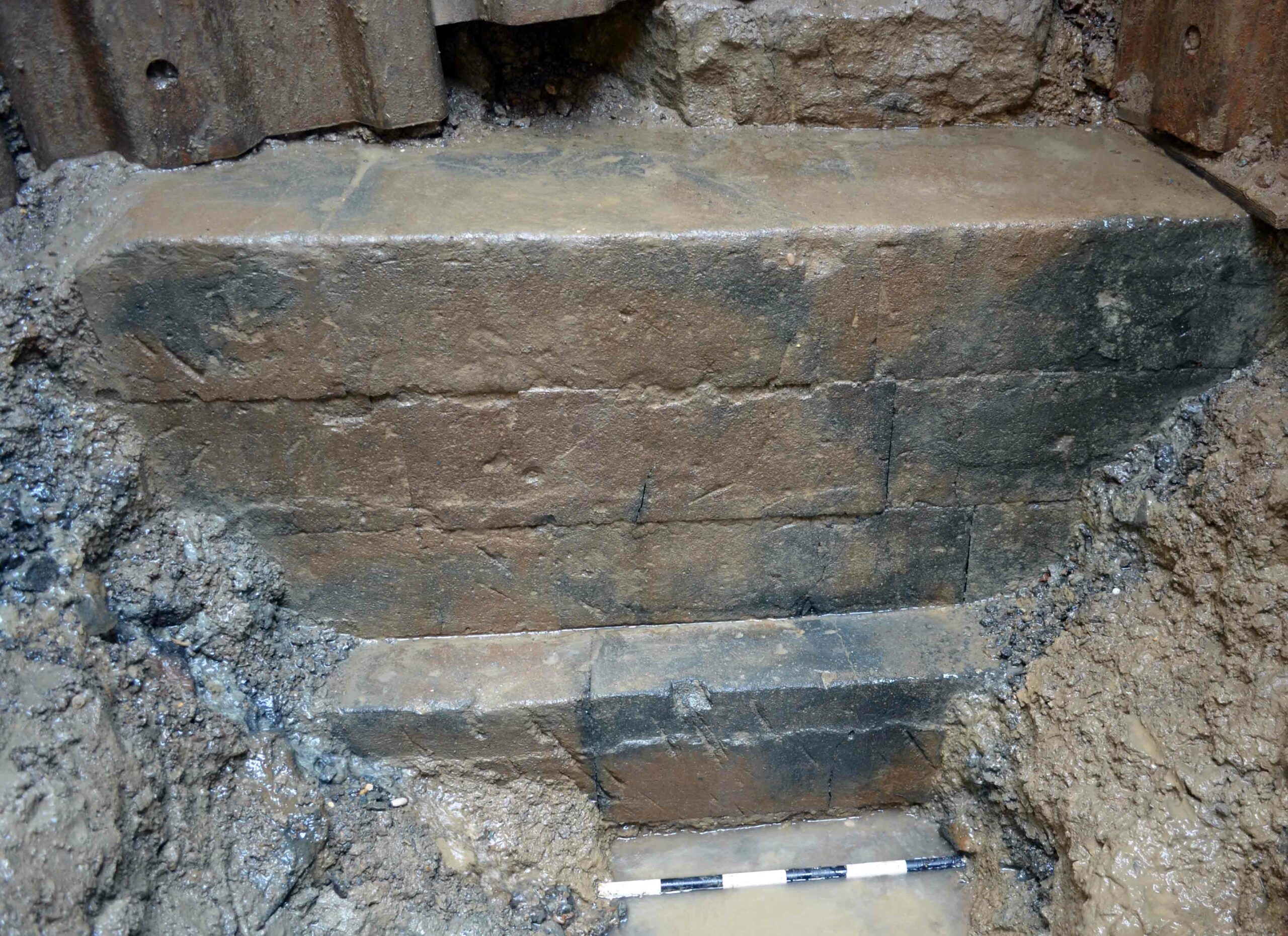
Nearly a million years ago, a small group of hominins walked near an estuary on the English coast 140 miles northeast of London, leaving footprints in the soft mud, which then hardened. Last summer, archaeologists working at the nearby site of Happisburgh, which dates to around the same time, discovered those footprints. They are the oldest footprints known outside of Africa—49 of them, made by at least five individuals, including some children. “One can imagine a small family group walking along the edge of the estuary looking for seaweed or shellfish,” says Nicholas Ashton of London’s Natural History Museum. Some of the footprints were lifted out of the site in a block of sediment before they could be eroded away by the tide. The sediment will be CT scanned to provide a more detailed picture of the stature and gait of the people, probably Homo antecessor, who made the prints.










